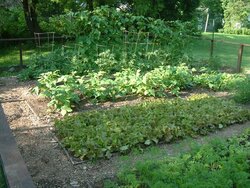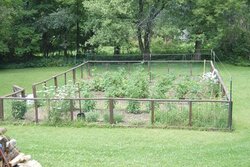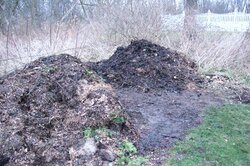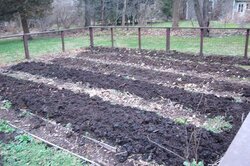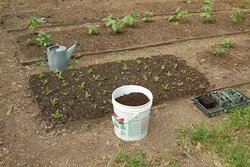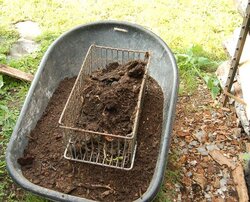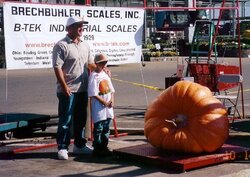Jambruins said:
I live in upstate NY (near Plattsburgh - 45 miles South of Montreal) and am interested in growing a vegetable garden this year. .
Soil can vary a lot in your area and much depends on what your particular plot is like.
Plowing with a farm tractor in a small plot can be more trouble than its worth. I plant 10 acres of vegetables every year, which is a bit different.
In regard to weather, it can also vary quite a bit, just in 20 miles one way or the other. Talking to the county ag-extension might help - but all depends who's working there when you call.
I'm in central New York and where I farm, we sometimes get frost in July. 20 miles north of me, in a large valley area, it never happens. That's why you need specific local information.
If you want corn, pick some short corn, 68-80 day max, along with some old and late SU types e.g. Silver King. For the short corn, as long as you plant when the soil is warn, frost won't hurt it much when its at the two-leaf stage. It will burn down, but then come back stronger.
Cold weather hard plants e.g. brocolli will do great in the cold, and if you keep it cut all summer, it will come back and make heads in the fall.
With tomatoes, unless your climate is unusually warm for the area, you must use plants and memorial day is the minimum for first settting out. In my area, we wait for two weeks past that date to be safe. One hard freeze will kill them, so have some means of covering them if frost warnings come after they are planted.
With curcubits, e.g. pumpkins, squash, etc. they are apt to best planted from seed. I sell pumpkins here and after years of screwing around with plants, found that late planted seeds made better crops than late planted plants. Just make sure you pick short-season varieties.
I'll add that unless you have a lot to time for weeding, hand cultivating, etc. , you do well to use heavy black plastic for mulch. Besides keeping weeds out, it keeps the soil warm and moisture in and works great for cold areas in central to northern NY.
You also should check PH. Some areas in this region suffer from acid rain and need a lot of lime to balance the soil. If the PH is too high, the plants starve for nutrients and fertilizers won't work.
The Iroquois and Huron Indians in these and more northern areas farmed with the "three sisters" approach and it works pretty well if you have room. Short corn in hills with squash/pumpkins and pole beans all intermixed. Pole beans climb the corn stalks and fixate nitrogen in the soil, and the squash spreads all over the ground and chokes out weeds and holds in moisture.


